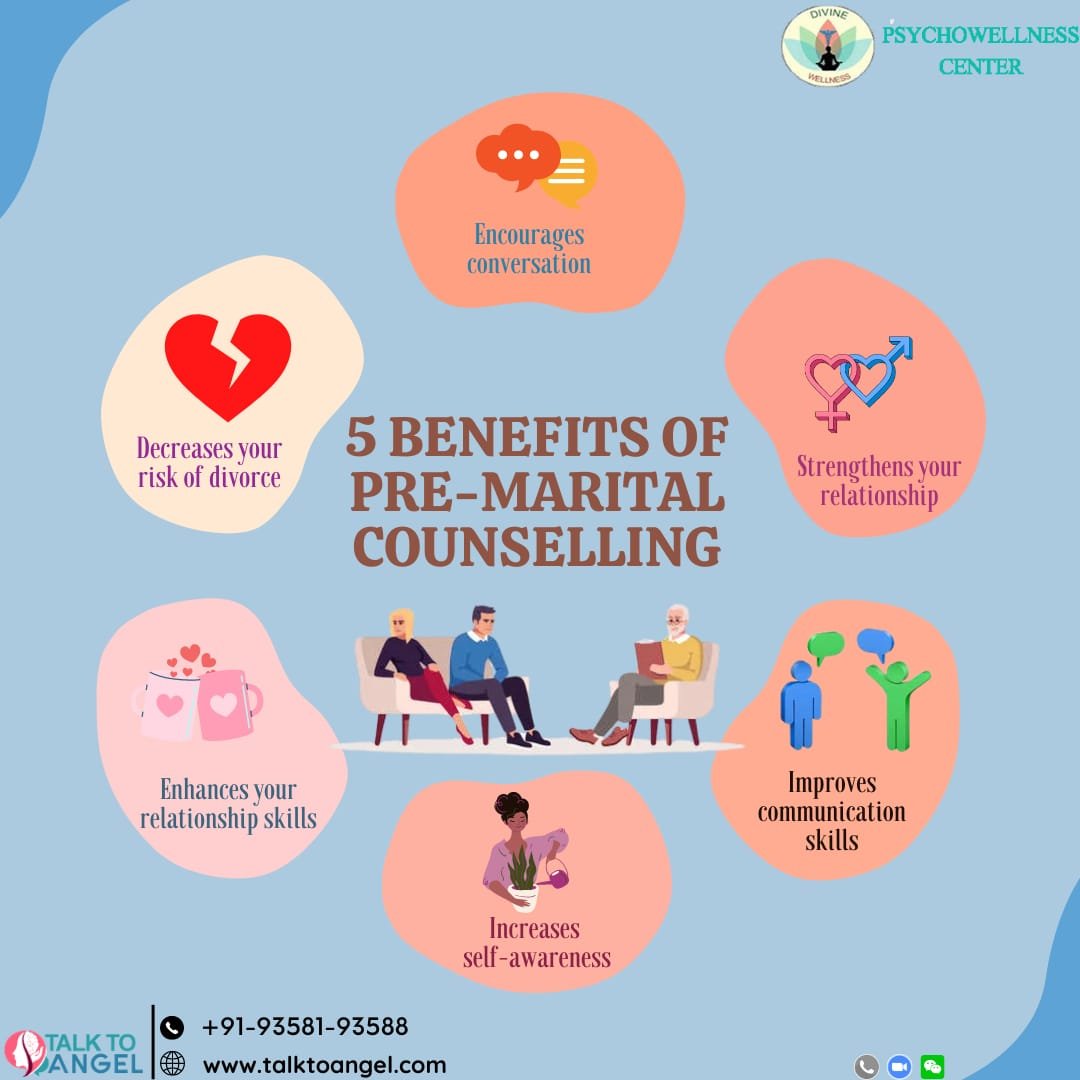Aim Point Counseling Fundamentals Explained
Table of ContentsAim Point Counseling Things To Know Before You BuyAim Point Counseling for DummiesThings about Aim Point CounselingAim Point Counseling - The FactsThe Single Strategy To Use For Aim Point Counseling4 Easy Facts About Aim Point Counseling Explained
The longitudinal design includes a pre-treatment study and two follow-up studies at 3- and 12-months post-intervention. The study is embeded in 8 Relationships Australia Victoria centres, across municipal, outer residential areas, and regional/rural sites. Relationships Australia, a non-government organisation, is the biggest copyright of couple therapy and partnership services in Australia.

These high rates of relationship break down have actually been consistently connected with adverse health consequences for both adults and kids complying with divorce/separation.
Aim Point Counseling Things To Know Before You Get This
Longitudinal researches also recommend that youngsters of divorce have a greater incidence of psychological problems, medicine and alcohol use, and high-risk sex-related behavior [7] The impacts of divorce and separation can be harmful, research shows that high partnership disharmony in undamaged couples is also most likely to have unfavorable outcomes.
Variables that influence the results of these solutions need complete investigation. Study to day has recognized both couple and individual aspects that might contribute to relationship discord. These include partnership fulfillment and commitment at the pair level, and clinical depression at the private level. Robust research to assess relationship-enhancing treatments in the area are limited.
The Only Guide to Aim Point Counseling
Relationship complete satisfaction has been the most common outcome variable determined in more than 200 evaluations of pair counselling [11,12] Researches have discovered substantial enhancements in relationship contentment from pre- to post-treatment [13,14] and throughout one to two years following coaching [15] In these research studies, relationship contentment was most often evaluated using the Dyadic Change Scale (DAS) [16] While a lot of researches indicate renovations in relationship complete satisfaction adhering to pair therapy, they are restricted by the examples and actions used, mainly temporary follow-up time structures, and evaluations that do not account for the dyadic nature of pair information., is another commonly examined connection result.
To sum up, study shows that couple-specific variables along with specific variables might anticipate the results of pair therapy and connection services. The causal direction of these relationships, however, is less clear. These monitorings are necessary, given that, to justify and guide the application of partnership solutions such as couple counselling, empirical evidence has to discover both the end results of connection services and the factors that forecast effective treatment.
, at least in some European nations.

We currently understand little about the profiles of pairs that look for out connection education and learning contrasted with those that look for connection coaching, or the end results of these programs. Unscientific proof recommends that there might be substantial distress amongst at the very least some pairs seeking connection education and learning.
The 9-Second Trick For Aim Point Counseling
Feedback involves individuals finishing questionnaires regarding their relationship (e.g. measures of social troubles), and getting information on what their ratings show. Cognitive-behavioural techniques promote transforming cognitions to assist in positive partnerships. These may include advertising sensible attributions/expectations around negative companion behaviour [46] Ultimately, in abilities training, couples participate in lectures or presentations on partnership skills, and practice these throughout facilitator-led activities [ 45]
These impacts have actually persisted for as much as 4 years in some researches [47] These meta-analyses highlight restrictions in the present literature on connection education and learning. Specifically, the bulk of researches involved couples from top socio-economic backgrounds that were not experiencing high relationship disharmony [47,48] This example account may not represent customers that typically present for relationship education and learning.
Aim Point Counseling Fundamentals Explained

Extremely little research study has actually examined the comparative advantages of couple counselling and partnership education and learning programs. As customers are likely to self-select into these solution types, it is unclear whether particular connection distress profiles existing to each solution type, or certainly whether there is an interaction in between providing profile, service type and outcome.
Hence, we have actually consisted of a 12-month follow-up to determine longer-term fads and impacts. The research study uses a number of standardized end result procedures since some previous investigations have been criticised for their lack of standardised assessment [50] Finally, the use of statistical evaluations that think freedom of data, such as t-tests, or ANOVAs, has been prevalent in previous research studies [ 44,49]
As a result, we this page suggest to make use of multi-level analytical modelling treatments that manage for the inter-dependence of couple data to analyze any type of treatment results. The specific purposes of the ECC study are to: 1. Map accounts of clients looking for community agency-based pair counselling vs. partnership enhancement programs in regards to socio-demographic and relationship indications (such as relationship complete satisfaction, partnership commitment, social problems, and factors for participating in), in addition to health (such as anxiety, basic health and wellbeing) and health service usage (eg.
2. Figure out whether pair therapy and partnership education services enhance 3- and twelve-month results for partnership complete satisfaction, dedication, and clinical depression, using statistical analyses proper to pair data. 3. Identify the loved one payments of customer factors (private and pair) and therapy/education variables to outcomes at 3- and 12-months, and to sustainability of outcomes in time.
Getting The Aim Point Counseling To Work
Multi-level modelling to determine pre-post distinctions, regulating for dyadic (couple) level. To add to the literary works evaluating the performance of community-based pair counselling. The outcomes will aid scientific decision-making in community-based relationship solution settings, and specialist training. 3. To identify the loved one contributions of client/couple and treatment elements to results at 3- and 12-months, and to sustainability of outcomes with time.
Comments on “Aim Point Counseling Can Be Fun For Anyone”